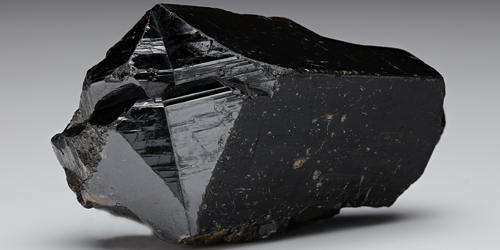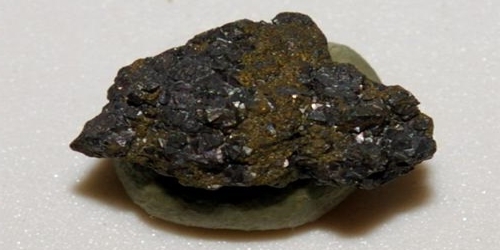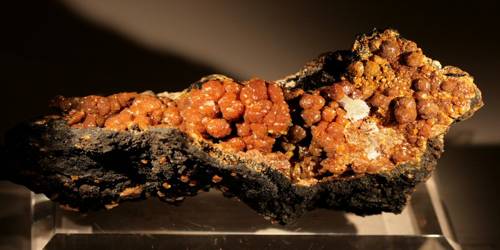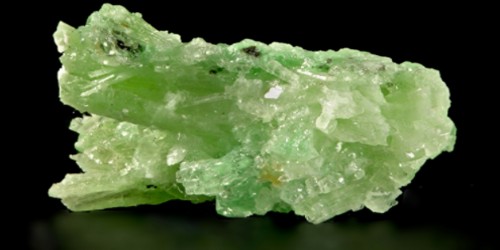Cassiterite is a reddish, brownish, or yellowish mineral consisting of tin dioxide. It is the most important source of tin, and most of the world’s supply of tin is obtained by mining cassiterite. It is a tin oxide mineral, SnO2. It is generally opaque, but it is translucent in thin crystals. Its luster and multiple crystal faces produce a desirable gem. Cassiterite was the chief tin ore throughout ancient history and remains the most important source of tin today.
General Information
- Category: Oxide minerals
- Formula: (repeating unit) SnO2
- Crystal system: Tetragonal
- Crystal class: Ditetragonal dipyramidal (4/mmm)
- Color: Black, brownish-black, reddish-brown, brown, red, yellow, gray, white; rarely colorless
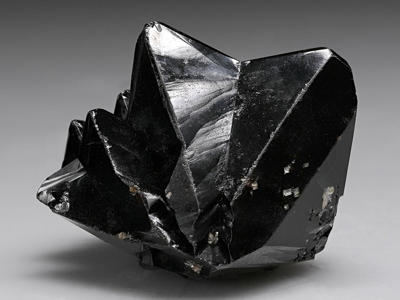
Properties
Its adamantine luster, high hardness, light streak, and high specific gravity are helpful in its identification. It is generally opaque, but its luster and multiple crystal faces cause a nice sparkle. Its high specific gravity, resistance to weathering, and physical durability enable it to survive stream transport and concentrate in placer deposits.
- Crystal habit: Pyramidic, prismatic, radially fibrous botryoidal crusts and concretionary masses;
- Twinning: Very common on {011}, as contact and penetration twins,
- Cleavage: {100} imperfect, {110} indistinct; partings on {111} or {011}
- Fracture: Subconchoidal to uneven
- Tenacity: Brittle
- Mohs scale hardness: 6–7
- Luster: Adamantine to adamantine metallic, splendent; maybe greasy on fractures
- Streak: White to brownish
- Diaphaneity: Transparent when light-colored, dark material nearly opaque; commonly zoned
- Specific gravity: 6.98–7.1
- Optical properties: Uniaxial (+)
Occurrences
Most sources of cassiterite today are found in alluvial or placer deposits containing the resistant weathered grains. The best sources of primary cassiterite are found in the tin mines of Bolivia, where it is found in hydrothermal veins. Rwanda has a nascent cassiterite mining industry. It is the most important source of tin, and most of the world’s supply of tin is obtained by mining cassiterite.
Cassiterite is a widespread minor constituent of igneous rocks. The mineral occurs extensively in Cornwall as surface deposits on Bodmin Moor, for example, where there are extensive traces of a hydraulic mining method known as streaming. The current major tin production comes from placer or alluvial deposits in Malaysia, Thailand, Indonesia, the Maakhir region of Somalia, and Russia.
Uses
Cassiterite is an economically important mineral, being the primary ore of the metal tin. It is also used as a collectors mineral with the transparent forms being highly desired.
